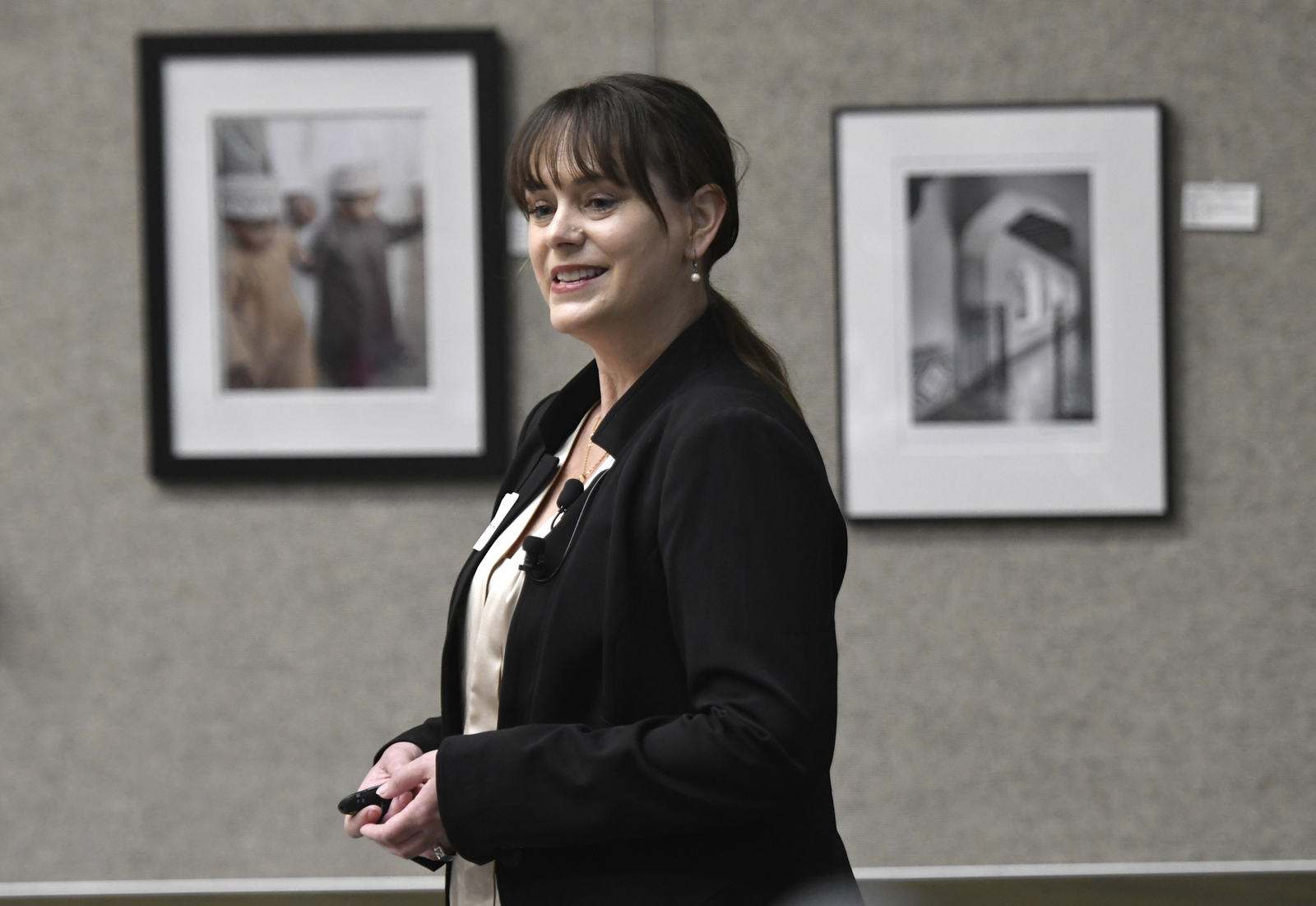Public Weighs in on Experimental Rental Housing Program
Many Support Idea of Moving AUD Program Downtown, but Are Split on Parking Requirements

As Santa Barbara’s experimental rental housing program nears its close, the public has weighed in on its successes, failures, and next-step recommendations. The city held its second workshop at the Santa Barbara Central Library’s Faulkner Gallery Wednesday to allow residents to voice their input on the program.
After 40 years with little to no rentals being built in the city because of high land costs, the Average Unit-size Density (AUD) program was approved in 2013 as a way to incentivize developers to build more housing by allowing greater building density for rental apartments. The program has an initial duration of eight years or until 250 new units are constructed — it’s currently six years in, and 223 new units have been built.
For the most part, public commenters supported the idea of moving the AUD program away from Milpas Street and into the downtown area on top of existing businesses. Many people were split, however, on proposed changes to parking requirements.
Currently, developers are required to build one parking space per unit, costing them about $40,000 per space. If the program moves downtown, however, many members of the public argued parking wouldn’t be necessary with nearby public transportation, walking distance to jobs, and other downtown amenities — leaving more space to build units while simultaneously encouraging environmentally friendly methods of travel. Giving developers the option to pay in-lieu fees rather than build parking was the most-favored alternative from the last workshop.
“I’m a white-collar millennial, and I, in general, support high-density residential near transit areas,” said Matias Eusterbrock. “Being connected in a non-vehicle-based way is important and will be increasingly so. I support the least amount of parking possible. … A lot of us are only encouraged do things when it’s inconvenient for us.”

Not everyone supported Eusterbrock’s sentiments, though. Pat Saley, a retired resident who currently shares a vehicle with her husband, said it’s unreasonable to expect younger families to go without a vehicle or share one like herself. “As soon as we had kids, we had to get a second car,” Saley said about her earlier life as a young mother. “I think we want families downtown, too, so we have to be realistic about can we really only have one parking space, or no parking spaces, for a two-bedroom unit.”
Saley’s biggest concern, however, wasn’t about parking at all. “We are going to kill the character that makes this town so special. I agree that we should have additional density around [the downtown area] but it has to be done really carefully, especially around State Street.”
After City Planner Jessica Metzger gave a presentation on the proposed AUD program changes and before members of the public could comment, the 50 or so attendees broke off into groups at their tables and were given maps and surveys to discuss proposed changes. Anna Marie Gott, a known critic of the City Council, used a laser pointer to highlight areas on the map that she found were either favorable or not for high-density housing.

“Over here in the 400 and 500 block of Santa Barbara, we shouldn’t have any housing over there,” Gott said while pointing at the area on the map with the laser. “Do you even realize how loud it is at night between all of the college students and all of the vehicles going up and down State Street with their radios blasting and basically having dance halls? … How are these people going to be able to sleep at night?”
Gott also said public transportation from outside of the downtown area into the central business district is not sufficient enough and will undoubtedly result in more cars parking downtown. “We need an actual effective plan, and this is not it. Especially when you consider that … the people that live in [market-rate housing units] are not going to go without a vehicle,” she continued. “It’s the people in lower incomes who would likely not have a vehicle.”
The public’s recommendations, maps, and survey results will be compiled and taken to the Planning Commission in the fall and then the City Council in the winter before a decision to either revise or end the AUD program is made. Residents who were unable to attend one of the workshops but would like to submit their comments can still do so by emailing AUD@SantaBarbaraCA.Gov.




You must be logged in to post a comment.